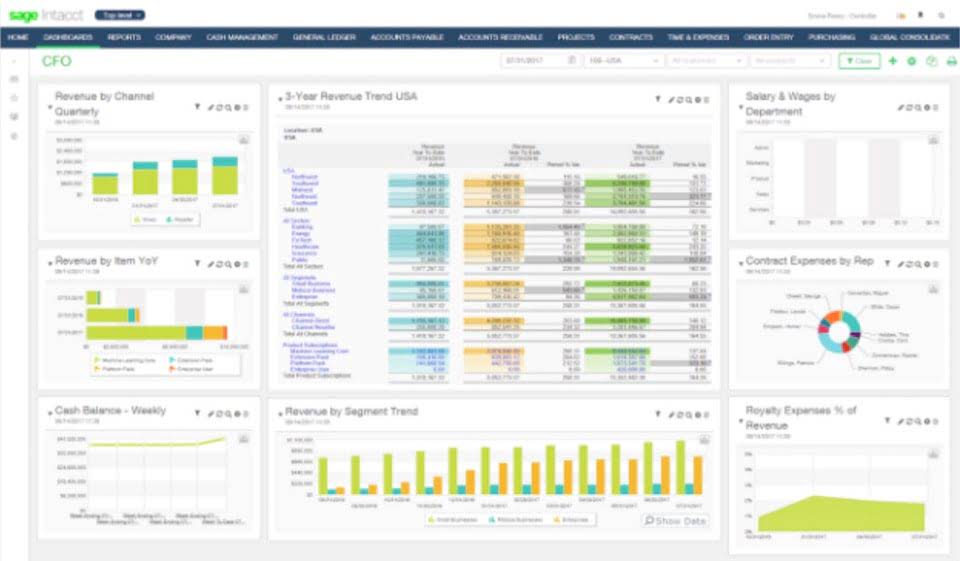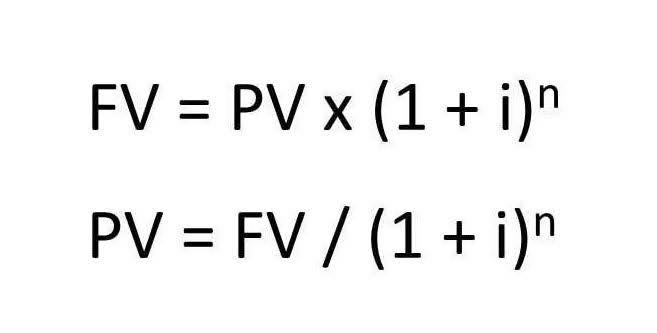
LO 3.5State whether the balance in each of the following accounts increases with a debit or a credit. LO 3.2LO 3.4West End Inc., an auto mechanic shop, has the following account balances, given in no certain order, for the quarter ended March 31, 2019. Based on the information provided, prepare West End’s annual financial statements (omit the Statement of Cash Flows).
Time Value of Money
It aids in maintaining accurate financial records and statements that mirror the true financial position of your business. Misunderstanding normal balances could lead to errors in your accounting records, which could misrepresent your business’s financial health and misinform decision-making. Under the accrual basis of accounting, the account Rent Expense will report the cost of occupying space during the time interval indicated in the heading of the income statement, whether or not the rent was paid within that period. If the rented space was used to manufacture goods, the rent would be part of the cost of the products produced. For reference, the chart below sets out the type, side of the accounting equation (AE), and the normal balance of some typical accounts found within a small business bookkeeping system.
Using the Normal Balance

The contra accounts noted in the preceding table are usually set up as reserve accounts against declines in the usual balance in the accounts with which they are paired. For example, a contra asset account such as the allowance for doubtful accounts contains a credit balance that is intended as a reserve against accounts receivable that will not be paid. The contra equity account usually refers to treasury stock, which is stock that has been bought back by the company, and so carries a normal balance that is the reverse of the normal balance for an equity account. A normal balance is the expectation that a particular type of account will have either a debit or a credit balance based on its classification within the chart of accounts. It is possible for an account expected to have a normal balance as a debit to actually have a credit balance, and vice versa, but these situations should be in the minority.

Normal balance FAQs
- Service Revenues is an operating revenue account and will appear at the beginning of the company’s income statement.
- In accounting, understanding the normal balance of accounts is crucial to accurately record financial transactions and maintain a balanced ledger.
- Depending on the function performed by the salaried employee, Salaries Expense could be classified as an administrative expense or as a selling expense.
- Although each account has a normal balance in practice it is possible for any account to have either a debit or a credit balance depending on the bookkeeping entries made.
- When owners invest more into the business, you credit the equity account, hence, it has a normal credit balance.
For example, if an asset account which is expected to have a debit balance, shows a credit balance, then this is considered to be an abnormal balance. From the table above it can be seen that assets, expenses, and dividends normally have a debit balance, whereas liabilities, capital, and revenue normally have a credit balance. Revenue is the income that a company earns from its business activities, typically from the sale of goods and services to customers. It’s essentially what’s left over when you subtract liabilities from assets.
When owners invest more into the business, you credit the equity account, hence, it has a normal credit balance. A current asset account that reports the amount of future rent expense that was paid in advance of the rental period. The amount reported on the balance sheet is the amount that has not yet been used or expired as of the balance sheet date. In accounting, debits and credits are the fundamental building blocks in a double-entry accounting system. Depending on the account type, an increase or decrease can either be a debit or a credit. So, if a company takes out a loan, it would credit the Loan Payable account.
- Interest Revenues are nonoperating revenues or income for companies not in the business of lending money.
- Accounts with balances that are the opposite of the normal balance are called contra accounts; hence contra revenue accounts will have debit balances.
- For example, terms of “1/10, n/30” indicates that the buyer can deduct 1% of the amount owed if the customer pays the amount owed within 10 days.
- Based on the information provided, prepare West End’s annual financial statements (omit the Statement of Cash Flows).
- For asset accounts, such as Cash and Equipment, debits increase the account and credits decrease the account.
- He has worked as an accountant and consultant for more than 25 years and has built financial models for all types of industries.
Other examples include (1) the allowance for doubtful accounts, (2) discount on bonds payable, (3) sales returns and allowances, and (4) sales discounts. For example net sales is gross sales minus the sales returns, the sales allowances, and the sales discounts. The net realizable value of the accounts receivable is the accounts receivable minus the allowance for doubtful accounts. The double-entry normal balance of accounts system requires that the general ledger account balances have the total of the debit balances equal to the total of the credit balances. This occurs because every transaction must have the debit amounts equal to the credit amounts. For example, if a company borrows $10,000 from its local bank, the company will debit its asset account Cash for $10,000 since the company’s cash balance is increasing.
- It is possible for an account expected to have a normal balance as a debit to actually have a credit balance, and vice versa, but these situations should be in the minority.
- Expenses normally have debit balances that are increased with a debit entry.
- Supplies that are on hand (unused) at the balance sheet date are reported in the current asset account Supplies or Supplies on Hand.
- Revenue is the income that a company earns from its business activities, typically from the sale of goods and services to customers.
- Misunderstanding normal balances could lead to errors in your accounting records, which could misrepresent your business’s financial health and misinform decision-making.
- So for example a debit entry to an asset account will increase the asset balance, and a credit entry to a liability account will increase the liability.
A practical example of normal balance

Cash Flow Statement
Views: 32

